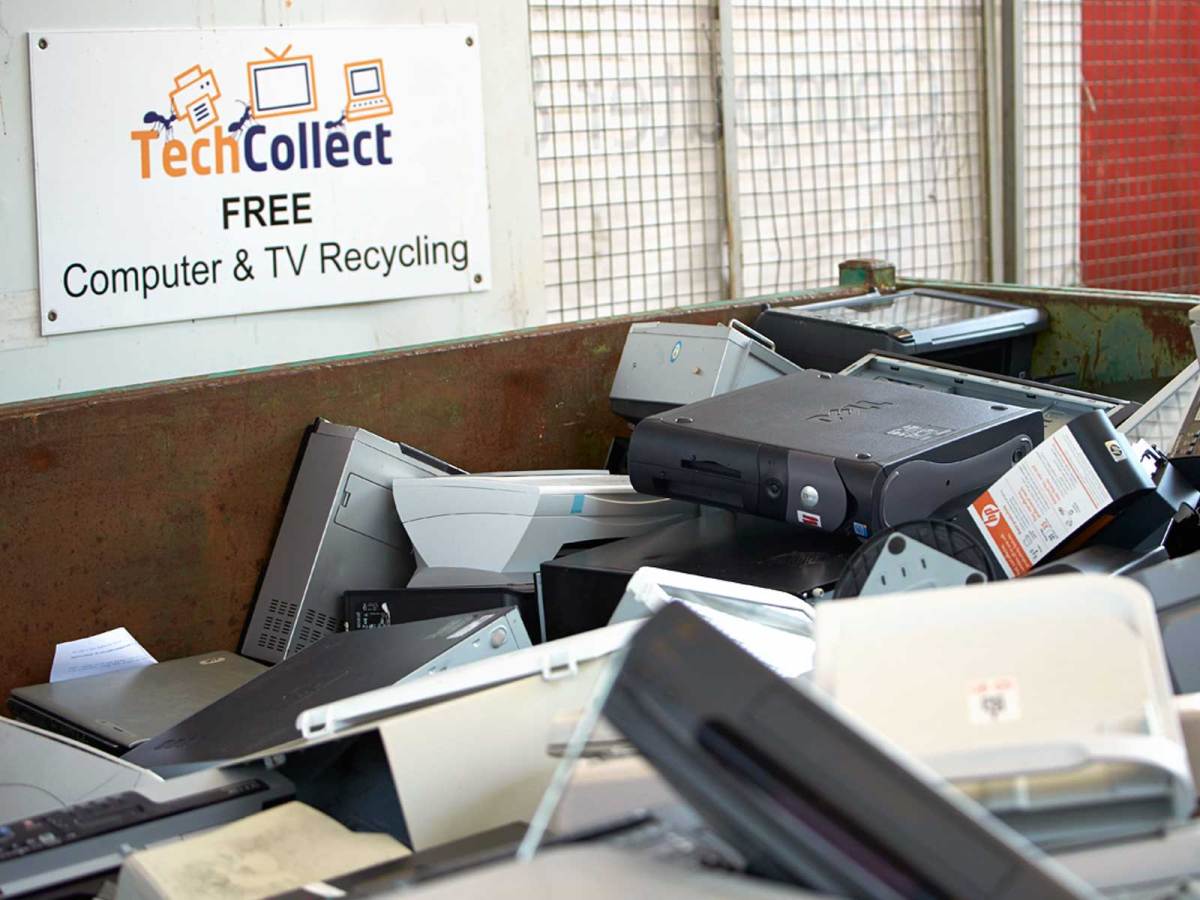A conceptual shift is required to get Australians to see their old computers and televisions as valuable resources, says Carmel Dollisson, CEO of TechCollect, a free national e-waste recycling service funded by many of Australia’s leading technology importers and manufacturers.
“It’s an opportunity in reality. E-waste in the Australian context is only focusing on televisions and computers and their end of life treatment, so the big conceptual change is to look at that as a resource rather than as a waste stream.
“These products contain materials that otherwise have to be mined or manufactured. We may as well take advantage of them because they exist, recover them and put them back into the manufacturing process, which is a much better environmental outcome than mining more rare earth and precious metals,” Dollisson said.
Retailers play an important role in encouraging consumers to recycle e-waste by making them aware of the issue and offering collection points to dispose of certain types of old electronics free of charge.
According to the Australian Bureau of Statistics, Australians are buying more than four million computers and three million televisions every year, but the National Television and Computer Recycling Scheme (NTCRS) is currently only collecting about 35 per cent of Australia’s e-waste, with the aim of collecting 80 per cent by 2022.
Dollisson said retailers also need to start thinking of e-waste as a resource and be proactive about encouraging recycling.
“They [retailers] are part of the life cycle of these products. They generate their income through the sale of these products so they need to take responsibility for assisting in that process. I’m not necessarily saying funding, I’m saying assisting, so being open to providing a safe and reliable easy access point for customers who ideally then become a future customer for them.”
E-waste is also known as Waste Electrical and Electronic Equipment (WEEE), referring to any equipment that requires a power source, be it battery or current, extending from small SD cards and computers to hairdryers and kettles, to air conditioners and whitegoods.
Dollisson is hopeful that the product base NTCRS will expand in the future to include products that are associated with televisions, such as DVD players and set top boxes which are currently excluded by the scheme.
“It doesn’t make any sense. So we hope those products will be included and ideally that the base is expanded to include, if not full WEEE, then a much broader set of all of the electrical appliances.
“It would make it a more efficient and effective program if when we are going all over the country we are actually collecting the kitchen equipment which is largely small appliances.”
To expand the products accepted by the scheme manufacturers and local governments will need to get on board.
TechCollect’s Top 5 tips for the E-waste Spring Clean
1. Get the E-waste 101: E-waste – what is it exactly? Familiarise yourself with what can be recycled in your home before rushing into a spring clean-up.
2. Make a checklist: Visit techcollect.com.au to find out exactly what e-waste they can recycle for you. Write down every room in the house and identify what you can bring in and drop off at your nearest TechCollect service from each room. Old computers, tablets, printers, laptops and TVs? Recycle it all and your home will thank you.
3. Be in the know: As well as visiting techcollect.com.au you can contact your local council and educate yourself about community e-waste initiatives or to find out where your nearest e-waste collection point is. Pop a date in the calendar and commit an afternoon to helping the environment.
4. Safety first: Remember to always permanently erase personal data from any computer, tablet or laptop you plan to recycle. For more information on how to do this contact the manufacturer of your device or search online for data wiping services.
5. Get good karma: Encourage your family, friends, neighbours and colleagues to get involved to recycle their e-waste too. Why? Because Karma will be on your side.

